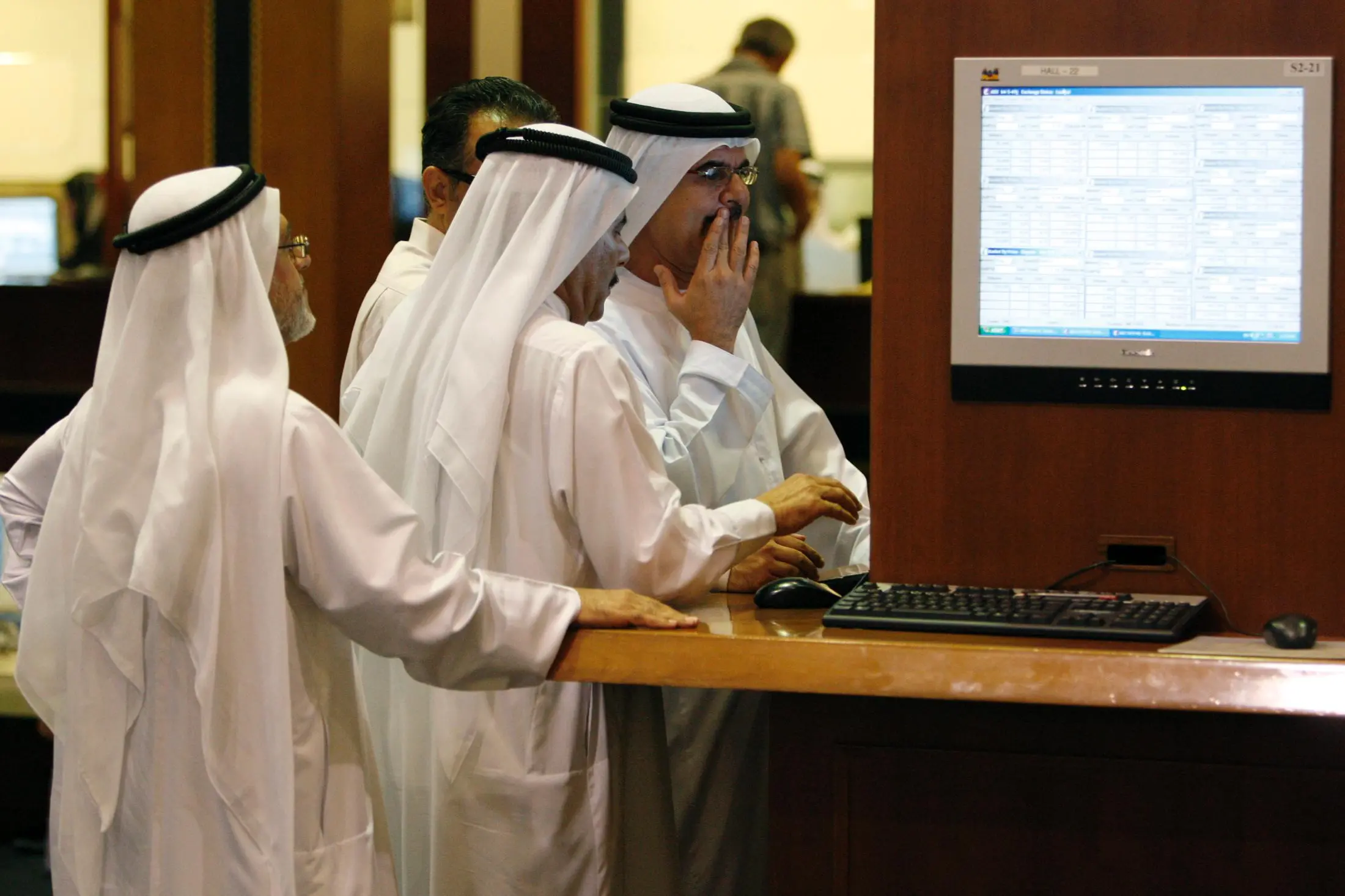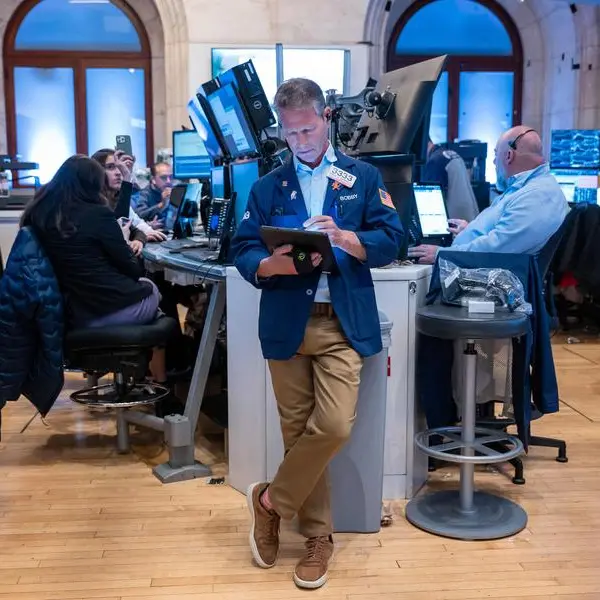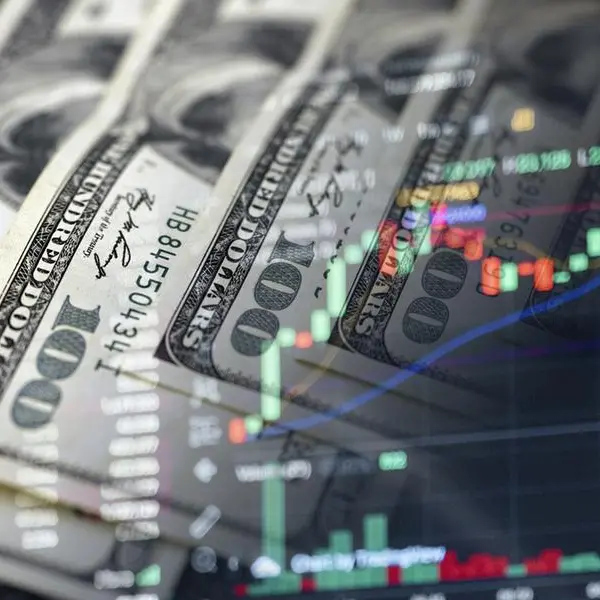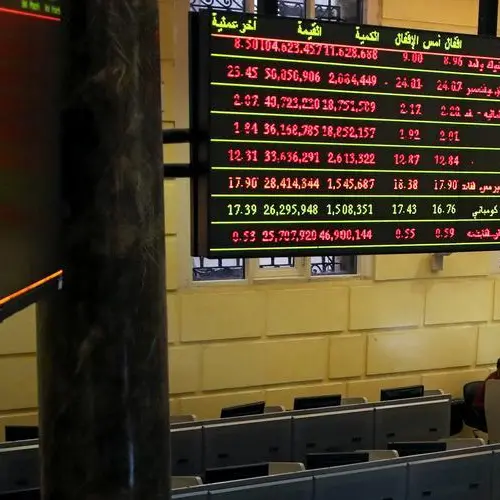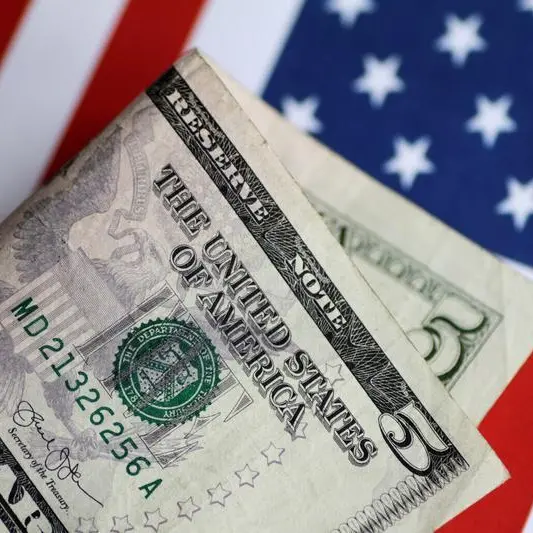PHOTO
Asset quality weakness leading to higher impairment charges weighed on the financial performance of the UAE’s largest banks in the fourth quarter of 2019.
Emirates NBD, First Abu Dhabi Bank, Abu Dhabi Commercial Bank and Dubai Islamic Bank, accounting for nearly 70 per cent of total bank assets in the country altogether, all saw higher impairment charges.
Poor balance sheet performance, deteriorating asset quality and heavy provisions were the key highlights from the quarter, Monsef Morsey, co-head of research at CI Capital, told Zawya via email.
First Abu Dhabi Bank saw Q4 net profit rise 5 percent year-on-year (y-o-y) to 3.08 billion dirhams. Impairment charges rose 17 percent to 499 million dirhams.
Emirates NBD said Q4 net profit fell 15 percent to 2.20 billion dirhams. The bank booked impairment allowances of 2.06 billion dirhams in the quarter, more than 200 percent higher than 640 million dirhams y-o-y, due to higher charges, lower write-backs and recoveries.
ADCB reported a 16 percent year-on-year slide in Q4 net profit to 1.04 billion dirhams. Impairment was 909 million dirhams, a 48 percent y-o-y increase.
DIB’s Q4 net profit was 1 billion dirhams compared to 1.27 billion dirhams in the same period last year. Impairment charges rose to 700 million dirhams from 264 million dirhams in Q4 of 2018.
“We see overall moderate pressure on provisioning levels, except for FAB, which continues to enjoy the lowest risk on its balance sheet, helped by sizable exposure to the Abu Dhabi (semi-)government sector,” Jaap Meijer, Managing Director and Head of Equity Research at Arqaam Capital, told Zawya.
ASSET QUALITY
The UAE banks’ high exposure to the property and contracting sectors, estimated at between 20 percent and 30 percent, is considered potentially higher risk due a slump in real estate prices. This is undermining asset quality as banks have transitioned to IFRS 9 and are now very conservative in recognizing expected credit losses.
In addition, large loans to the sector are being renegotiated and restructured in ways that obscure the underlying quality of the debt. While there has not been a material increase in Stage 3 loan ratios after restructuring, Fitch Ratings said last year that it expected “more restructuring and a rise in Stage 3 ratios in the next 12–18 months.”
Meijer said asset quality was under moderate pressure, with NPL formation ahead of bad debt charges. IFRS 9 and IFRS 3 are used to create a clean base to protect earnings capacity, he added.
“The economic growth is likely to be below trend in FY 20 estimate, with continued pressure on collateral value as real estate prices continue to be under pressure in retail as well as commercial segments, [whereas] high IFRS 9 Day 1 charges sheltered the income statement in 2018,” he added.
CI Capital’s Morsy said that while asset quality metrics saw deterioration for all four banks, they were within expectations for both FAB and ADCB. “As for Emirates NBD, the bank was further pressured by challenges escalating in its Turkish subsidiary.”
Loan growth was also weaker in the fourth quarter. “Subdued economic activity in the local market weighed down on loan performance. Emirates NBD was further pressured by a 5 percent depreciation in TRY, while FAB saw the booking of a large short-term facility near the end of the quarter, giving a short-lived boost to loans,” said Morsy.
NIM EXPANSION
On the other hand, net interest margins (NIMs) improved for most banks in the fourth quarter due to lower funding costs.
NIMs have been under pressure for UAE banks in the previous quarters after they were obliged to mirror the US Federal Reserve’s three interest rate cuts last year. However, except for FAB, the other banks have managed to grow their interest margins. For ADCB, NIM grew from 2.93 percent to 3.04 percent while Emirates NBD saw a 26 basis points (bps) rise to 3.11 percent y-o-y.
“NIMs expanded q-o-q for all, with the exception of FAB. The improvement came on the back of lower funding costs, as loan books fully reflected rate cuts, with Emirates NBD even further supported by its Turkish operations,” Morsy said.
However, Meijer sounded a warning. “Margin compression is likely to accelerate in 2020, as interbank rates are down more than 60 bps versus the average of 2018 and still slightly lower than 2017.”
OUTLOOK
Nevertheless, all four banks have presented a modestly improved outlook for 2020 on the back of asset quality improvement and higher loan growth as the Expo 2020 is expected to support businesses in Dubai. FAB and Emirates NBD will be looking to lend more to government-related entities.
Emirates NBD and DIB have forecast single-digit loan growth for this year. “I don’t think we’re going to see very significant loan growth in 2020. Loan growth has been pretty muted in 2019, so I think that’ certainly a challenge,” Shayne Keith Nelson, Emirates NBD Group CEO, said in a transcript of its earnings call.
Morsy also believes loan growth will stay muted in a subdued macroeconomic backdrop, with oil prices trending downward and weak PMI readings indicating reduced construction activity.
Meijer said he is more positive on GCC banks as rates are now on hold in the US into 2020. “We see compelling cost-saving stories, M&A plays and FOL (foreign ownership limit) increases to drive higher valuations. Emirates NBD, DIB and FAB should benefit from an increase in FOL. We see Abu Dhabi Islamic Bank as an M&A target for FAB.”
He added that cost savings at ADCB should offset RoE (return on equity) compression stemming from rates. “Most banks offer a total return to shareholders (dividend yield plus tangible book value growth) in excess of 10 percent, [which is] attractive in our view.”
(Reporting by Brinda Darasha, editing by Seban Scaria)
Disclaimer: This article is provided for informational purposes only. The content does not provide tax, legal or investment advice or opinion regarding the suitability, value or profitability of any particular security, portfolio or investment strategy. Read our full disclaimer policy here.
© ZAWYA 2020
